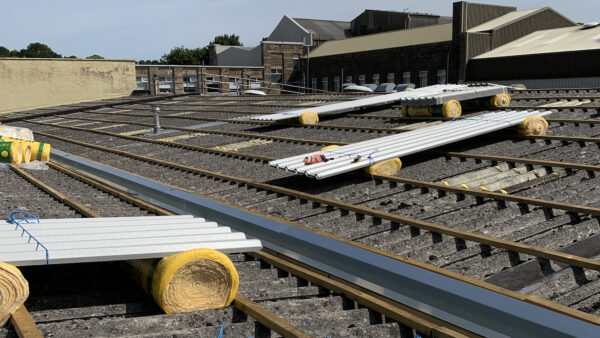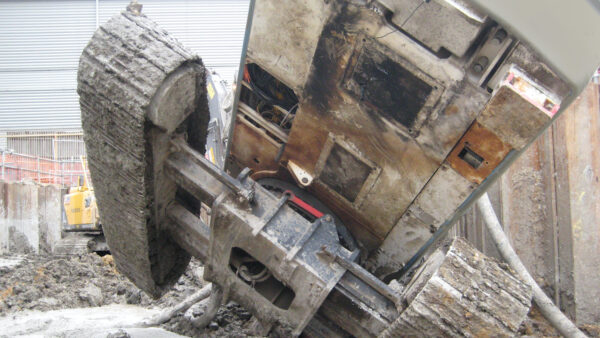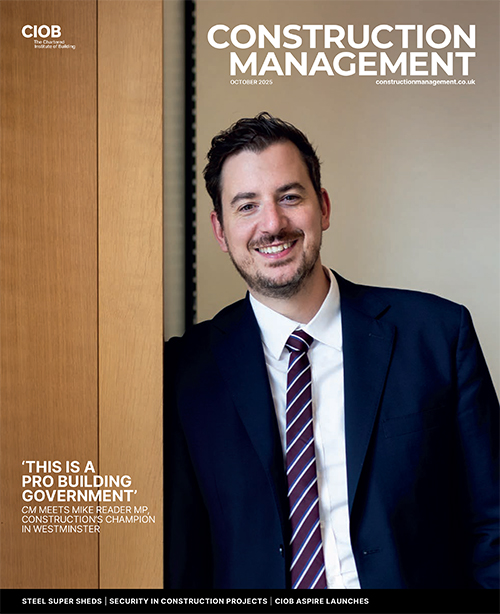
Next year the Association for Project Safety (APS) and Hack_Construct are hosting the health & safety sector’s first ever hackathon event in Manchester. Bobby Chakravarthy, president of the APS, talks about the three-day event to brainstorm new apps for construction safety, and progress developing PAS 1192-6 to embed health & safety into BIM.
What are the details of the hackathon?
Together with Hack_Construct, a group of BIM enthusiasts, we are asking digital coders, data experts, academics, built environment and construction experts and safety practitioners to come up with possible apps and software tools to promote construction safety.
Teams with a mix of skills will be assembled, on 17-19 March 2017, to tackle ideas that address four specific health & safety challenges, selected based on feedback from a survey of APS members. The solutions developed will be open source so anyone can take them up to develop further.
What types of ideas will they be asked to tackle?
One suggested innovation was to “gamify” safety inductions on construction sites to engage a younger generation of workers, perhaps creating scenarios where young workers have to spot the hazards.
Another is to look at how Control of Substances Hazardous to Health assessments for individual construction products might be included in digital product library data. If there is a problem with a particular product, it could be highlighted early on during the design process.
APS is working with the HSE, the BIM 4 Health & Safety Working Group, and others, to develop the new specification PAS 1192-6 for health & safety. Why was it proposed?
Construction has made a lot of progress on health & safety, but this is about providing the right tools to do it better.
We initially set out to examine how health & safety can be integrated into the BIM process from the beginning of projects and realised the only way people will do it holistically is by getting it adopted into the main standards.
There are still a significant number of casualties on sites, so if this document and BIM processes can help reduce that margin then it is worthwhile giving it a try. The whole industry is moving towards BIM anyway, so now is the right time to incorporate health & safety at the outset.
What will be included in the specification?
That is still being discussed by members of the BIM 4 Health & Safety Working Group, the first public consultation document will be published in March 2017 and the final version is expected to be adopted into PAS standards in May or June.
The basic requirement is to reduce hazards and risk across the whole project lifecycle, from design to demolition, including the management of the construction process, and to be clear about the content of health & safety information so it gets to the right people at the right time to ensure it is relevant.
The specification will show how to gather health & safety information and use it to meet obligations under CDM, ready to pass it on to FM teams to give them a clear understanding of residual or outstanding risks.
We are looking at incorporating health & safety data drops at different stages of a project, as well as working with product manufacturers to see what information related info their products can be included within particular datasets. For example, a particular library dataset dragged into a BIM model could highlight all the risks associated with a particular product.
Won’t it become just another tick-box exercise?
We are looking at that closely to ensure that people don’t just use it to comply with Level 2 BIM, and instead actively consider health & safety and closely align it with the construction process.
What aspect of BIM can have the biggest impact on improving health & safety on site?
It is quite phenomenal what is already being done by large contractors with 4D and rehearsing sequences of work, such as manoeuvring in pieces of kit, or deliveries and plant, well before they are on site. However, the aim is to replicate that across construction, so it is adopted by everyone.
In the near future there will be a significant leap in uptake and everything will be designed in 3D with the programme attached as a 4D element, and project managers in the project office examine simulations to assess associated H&S risks.
For more details about the Hackathon visit www.aps.org.uk/aps-hackathon
Main image: Researchers at a German university have devised a way to use virtual reality (VR) technology to expose construction workers to hazardous situations before they arrive on site. The system uses a project’s building information model to create a virtual building site and puts a worker inside it using a VR headset and a game controller.
Comments
Comments are closed.











If it all makes our jobs as site managers less onerous on the paperwork I’m all for it but will just have to wait and see.